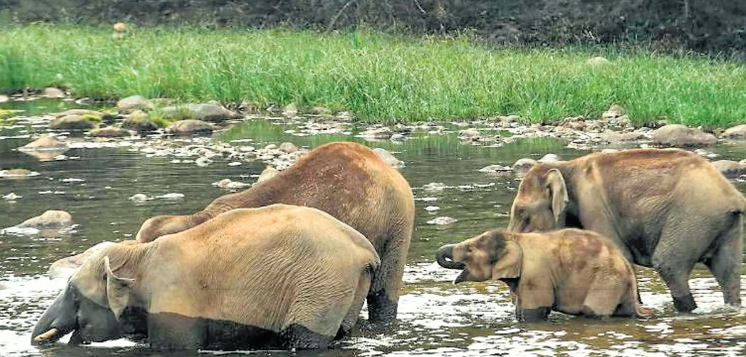Kerala is witnessing a troubling increase in the death rate of its wild elephant population. A recent inter-state census highlights the need for urgent conservation efforts to protect these majestic creatures.
Alarming Mortality Rates
Between 2015 and 2023, Kerala recorded 845 elephant deaths in its forests. The highest mortality rate—around 40%—was among elephants aged under 10. This alarming statistic calls for immediate action to prevent further losses.
Recommendations for Conservation
The study suggests implementing a protocol similar to Tamil Nadu’s Elephant Death Audit Framework (TN EDAF) to address the rising mortality rate. It also emphasizes the importance of addressing human-animal conflicts, which contribute to the high death toll.
Decline in Elephant Population
The current wild elephant population in Kerala stands at 1,793, down from 1,920 in May 2023—a 7% reduction. The census, released on Tuesday, indicates a density of 0.19 elephants per square kilometer.
Population Trends in Reserves
While the Periyar reserve saw no significant change in elephant population (811 in 2023 and 813 in 2024), Nilambur experienced a 16% increase. However, substantial decreases were noted in Wayanad (29%) and Anamudi (12%).
Factors Influencing Population Shifts
The differences in population numbers are attributed to natural migration patterns, water and fodder availability, and climatic conditions. The stable numbers in Periyar and Nilambur are likely due to the region’s undulating topography and potential elephant habitats. In contrast, Wayanad’s reduction may be linked to extreme dry seasons and late summer rains. Wayanad’s proximity to other prime elephant habitats like Mudumalai, Bandipur, and Nagarhole Tiger Reserves also influences elephant movements.
Rising Mortality and Health Concerns
One significant finding from the census is the increase in elephant mortality, particularly in 2023. The study suggests that the deaths could be associated with Elephant Endotheliotropic Herpesviruses (EEHVs). To combat this, the study recommends protecting and restoring natural habitats to ensure better immunity and prevent herd fragmentation.
The Role of Climatic Conditions
Climatic conditions play a crucial role in elephant population changes. While migration contributes to fluctuations, factors like the herpes virus and electrocution also impact mortality rates. The study underscores the need to conserve natural habitats and implement age-specific mortality prevention measures.
Conclusion
Kerala’s wild elephant population is facing a crisis, with a significant increase in deaths over the past nine years. Immediate action and conservation efforts are essential to protect these majestic animals and ensure their survival for future generations.

